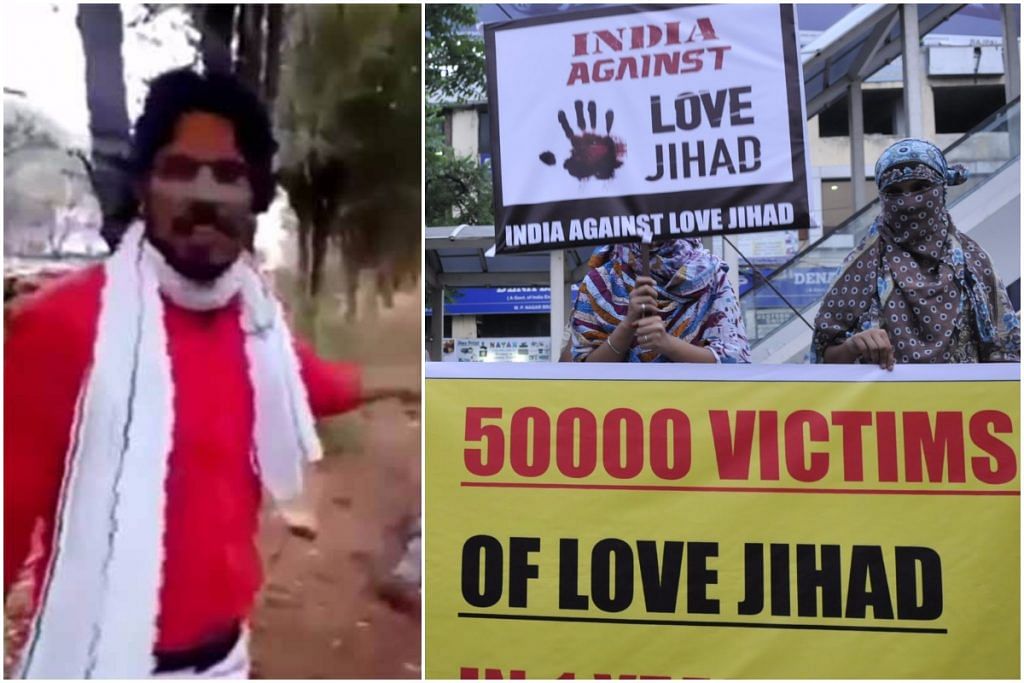Despite there being no proven cases of ‘love jihad’ in the country, the video shows the dangers of hysteria over a conspiracy theory.
In a grainy video that has gone viral on social media, a man called Shambhu Lal is seen hacking another man to death with a pickaxe in a wooded area in Rajasthan.
Then he walks breathlessly toward the camera and looks at directly into it and issues a warning:
“This will be your condition as well… Stop this love jihad, otherwise you will meet the same fate.”
He then sets the body on fire.
The motive of the person who released the video is unknown. But the takeaway message from the video will depend entirely on who is viewing it —a morality act gone completely wrong, or as justice being done. It could be an alibi to garner support before a murder trial, or the misguided belief in a concept that still has absolutely no basis.
The latest video is not the first of its kind against love jihad; it’s just the most inhuman.
There have been videos of ‘anti-Romeo’ vigilante squads in Uttar Pradesh, and videos of anti-cow slaughter groups. In all the cases, the intent wasn’t to bring the attackers to justice.
Like ‘fatwas’ issued by religious clerics to force their interpretations on people, these videos serve as messages to the faithful, and warnings to others. Set in the real world, they are meant to inspire confidence among followers, especially given they come edited and unaccompanied by the consequences faced by the perpetrators, if any.
Since Lal’s motive for the crime and his past remain unclear, it would be unfair to politicise it. But his crime and the statements justifying it come after years of the bogey of ‘love jihad’ being tom-tommed.
Since its origins in conspiracies in Kerala and Karnataka around 2009, it has gradually become a term mainstream enough to not even require explanation anymore. It’s now a term that finds acceptability in election campaigns and speeches, WhatsApp forwards and even in court trials despite the Union Home minister denying any known instance of it.
A woman alleged to be the most famous victim of this campaign — Hadiya Jahan — has denied the conspiracy before the nation’s highest court, but none of this is likely to stop the belief in its existence. On the internet and social media, conspiracies die slow deaths, and facts are rarely the most effective killers.
Lal’s video is unlikely to stop inter-faith marriages, or successfully educate people against ‘love jihad’ vigilantism. Like most videos of its kind, it should go down as an instance of unrestrained fear-mongering with tragic consequences.
But it may also be destined to live on in cyberspace, serving as a warning to people that even a suspected inter-faith relationship could cost them their lives.
